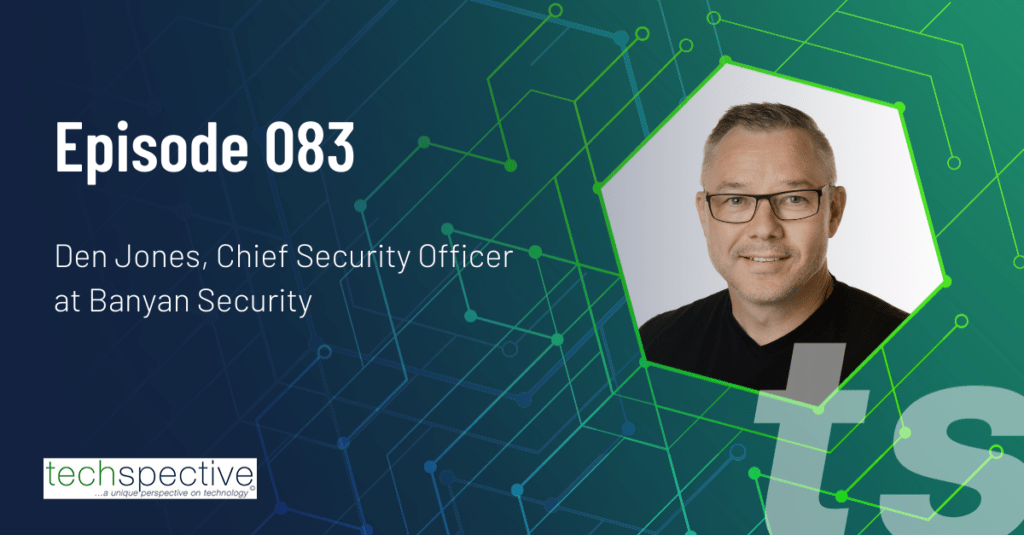Podcast: Play in new window | Download
Subscribe: Apple Podcasts | RSS
The concept of zero trust is not new. John Kindervag popularized the term back around 2010 when he was a Forrester analyst, and organizations have been implementing and deploying variations on the idea ever since. However, the combination of the continued expansion of the attack surface and threat landscape, the shift to working remotely from home due to the COVID-19 pandemic, and the dramatic rise in ransomware attacks has fueled renewed interest.
Den Jones, Chief Security Officer at Banyan Security, joins me on this episode of the TechSpective Podcast to talk about the current state of zero trust. Den was a guest on the podcast previously as well–back in 2018–to discuss how he and his team implemented a zero trust model at Adobe.
Interestingly, for something that has been around for over a decade, there is still a remarkable amount of confusion and disagreement about what it even is. What, exactly, does a security model need to have or do to qualify as “zero trust”? What is the true goal of implementing zero trust? What features and capabilities are considered essential?
Check out the full episode for more insights on zero trust, and the role that a zero trust model plays in improving security posture and protecting an environment more effectively.
The podcast itself is audio only, but the video of our conversation is also available on YouTube if you prefer:
Please ask questions and share your thoughts on the topic in the comments below. Also, please subscribe to the TechSpective Podcast through your favorite podcast platform and share the podcast with your peers and friends.
If you enjoy the podcast, I would also be grateful if you could take 2 minutes to rate and review the podcast on iTunes, or wherever you listen.
- AI Voice Clones and Mobile Phishing: The Cyber Threats You’re Not Ready For - July 11, 2025
- Rethinking Cloud Security for the Evolving Threat Landscape - July 11, 2025
- Why Data Security Is the Real AI Risk - June 30, 2025




Comments are closed.